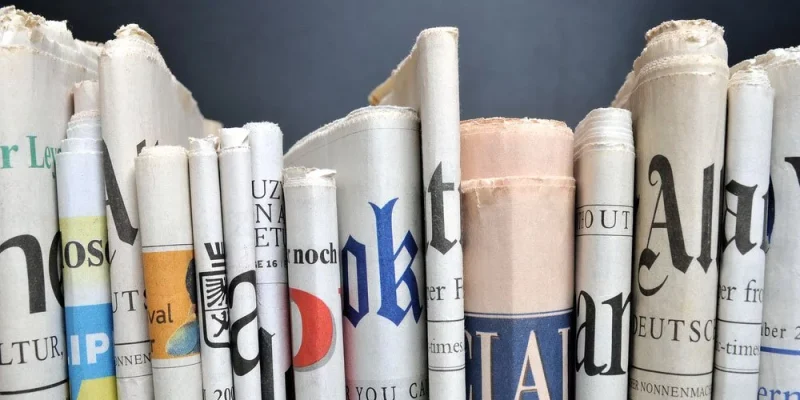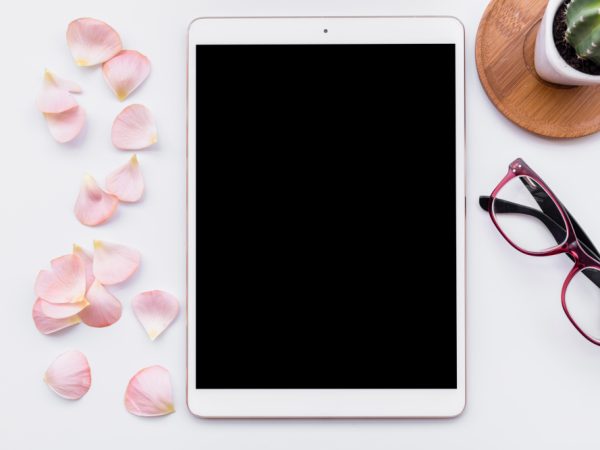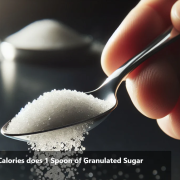Print Media Definition: A Complete Guide to Its Role & Importance

Print media refers to physical, printed materials used to distribute information, news, or advertisements to a wide audience. Despite the rise of digital media, print media remains a powerful communication tool used in journalism, marketing, and advertising.
From newspapers and magazines to brochures and billboards, print media continues to play a vital role in reaching targeted audiences with high-quality, credible content.
In this guide, you’ll learn:
- What print media definition is and how it works
Types of print media and their uses
The advantages and disadvantages of print media
How print media compares to digital media
The future of print media in the digital age
Let’s dive into everything you need to know about print media!
What Is Print Media?
Print Media Definition
Print media refers to any form of printed communication that conveys news, advertisements, or information to an audience. It includes newspapers, magazines, brochures, flyers, books, and billboards.
Unlike digital media, which exists online, print media is physically produced and distributed through printing presses and traditional publishing channels.
Key Characteristics of Print Media
- Tangible & Physical – Can be held, stored, and shared easily.
Permanent – Unlike digital content, print media cannot be deleted or modified instantly.
Credibility & Trust – Readers often consider print sources more reliable than digital sources.
Targeted Distribution – Print media can be delivered to specific audiences through subscriptions or direct mail.
Key takeaway: Print media delivers lasting, high-quality content that engages readers in a physical format.
Types of Print Media & Their Uses
Print media includes various formats used for news, advertising, marketing, and entertainment.
Newspapers
- Provide daily or weekly news on politics, business, sports, and culture.
Used for advertising, public announcements, and editorial content.
Example: The New York Times, The Guardian, The Wall Street Journal.
Magazines
- Feature in-depth articles, photography, and advertisements.
Can be industry-specific (fashion, technology, health, business, etc.).
Example: Vogue, National Geographic, Forbes, TIME Magazine.
Books
- Used for education, entertainment, and professional development.
Available in fiction, non-fiction, textbooks, and reference materials.
Example: Novels, encyclopedias, textbooks, business guides.
Brochures & Pamphlets
- Designed for marketing, business promotions, and product/service information.
Commonly used by hotels, travel agencies, healthcare providers, and businesses.
Example: Tourist brochures, real estate pamphlets, event programs.
Flyers & Posters
- Used for short-term promotions, political campaigns, and public awareness.
Distributed in high-traffic areas to attract mass attention.
Example: Concert flyers, product launch posters, political campaign ads.
Billboards & Banners
- Large-scale outdoor advertising tools for high visibility.
Found on highways, city centers, and commercial areas.
Example: Coca-Cola billboards, McDonald’s outdoor ads.
Key takeaway: Print media includes various formats designed for news, entertainment, education, and advertising.
Advantages of Print Media
Despite the digital revolution, print media continues to offer unique benefits:
- Credibility & Trustworthiness
- Readers perceive print media as more reliable than online sources, reducing the risk of fake news.
- Tangibility & Physical Presence
- Printed materials last longer than digital content, ensuring long-term brand visibility.
- Higher Retention Rates
- Studies show that people retain more information from printed materials than from digital screens.
- Targeted Audience Engagement
- Print media can be distributed to specific demographics (e.g., local newspapers, industry magazines).
- Less Competition & Distraction
- Unlike online content, print media doesn’t compete with pop-ups, ads, or social media notifications.
Key takeaway: Print media is trusted, engaging, and long-lasting, making it an effective marketing and news platform.
Disadvantages of Print Media
While print media has many benefits, it also comes with challenges:
- Higher Production Costs
- Printing, distribution, and advertising in physical formats are expensive compared to digital marketing.
- Limited Reach & Distribution
- Unlike digital media, print media cannot be updated instantly or reach a global audience in real-time.
- Environmental Impact
- The use of paper and ink contributes to deforestation and waste production.
- Declining Readership
- Younger audiences prefer digital news and social media, leading to lower print circulation.
Key takeaway: Print media is credible but costly, and its reach is more limited than digital platforms.
Print Media vs. Digital Media: Which Is Better?
With the rise of digital marketing, many businesses and news outlets have shifted from print to online platforms. But which is better?
Print Media
- Best for: Local news, magazines, physical marketing materials.
Pros: Credibility, long-lasting impact, targeted audience.
Cons: High cost, slow updates, limited global reach.
Digital Media
- Best for: Websites, blogs, social media, email marketing.
Pros: Instant updates, interactive content, global reach.
Cons: Less credibility, higher competition, short attention spans.
Key takeaway: The best strategy is a combination of print and digital media for maximum impact.
The Future of Print Media in the Digital Age
Despite digital advancements, print media is not dying—it’s evolving.
Trends in Print Media:
- Hybrid Print & Digital Models – Magazines and newspapers now offer both print and online subscriptions.
Personalized Print Marketing – Businesses use customized brochures and direct mail for targeted engagement.
Eco-Friendly Printing – Companies are adopting recycled paper and sustainable inks to reduce waste.
Example: The New York Times and The Guardian offer digital editions but continue to print newspapers daily.
Key takeaway: Print media is adapting by combining traditional publishing with digital innovations.
Conclusion
- YES! Print media remains a trusted, tangible, and effective communication tool, especially for targeted marketing and news distribution.
While digital media offers faster reach, print media provides credibility and long-lasting impact.
The future of print media lies in hybrid strategies that combine digital and print for maximum engagement.
Looking for effective marketing? Combine print and digital media for the best results!
FAQs
1. What is print media?
Print media includes newspapers, magazines, brochures, books, and advertisements printed for public distribution.
2. What are examples of print media?
Examples include The New York Times (newspaper), Vogue (magazine), and Coca-Cola billboards (advertising).
3. Is print media still relevant today?
Yes! Despite digital growth, print media remains credible, tangible, and effective for marketing and journalism.
4. How does print media compare to digital media?
Print media offers credibility and engagement, while digital media provides instant updates and global reach.
5. What is the future of print media?
The future lies in hybrid print-digital models, eco-friendly printing, and personalized marketing strategies.
Also read: Captive Market: Definition, Examples, and Business Strategies











